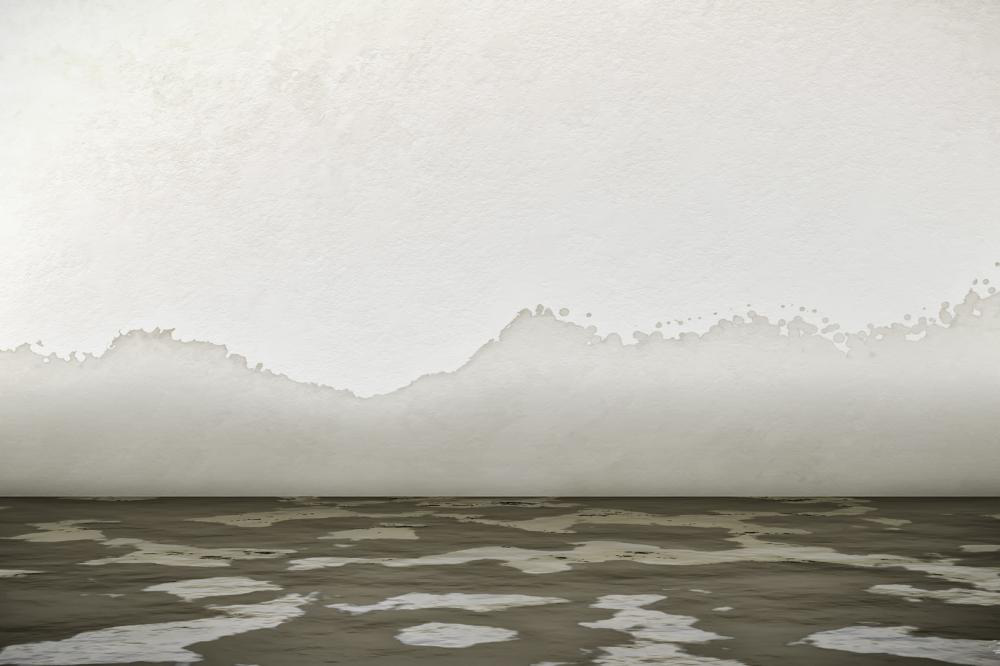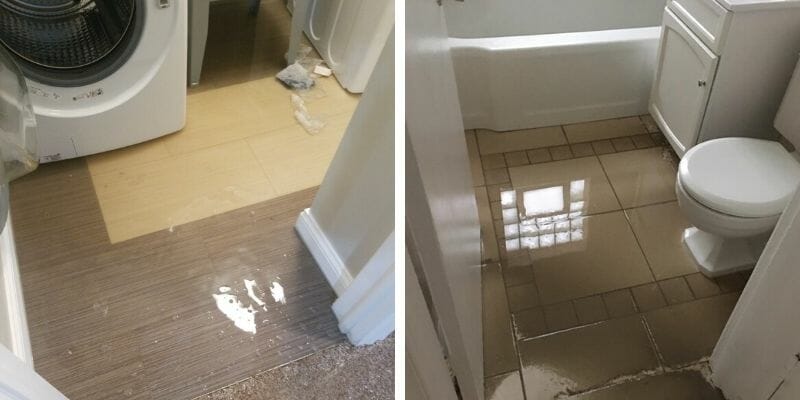Almost everyone may have their private opinion involving How to Repair and Prevent Bathroom Water Damage?.

Water damage typically happens in the washroom due to the water made use of daily. Occasionally, the damage could be a little mold and mildew from the shower. Various other times, it's large damages on your flooring. Whatever it is, it is always great to understand the reason and stop it before it takes place.
This overview will experience several of the common reasons for water damage in the restroom. We will also analyze what you can do to stop these reasons from damaging your bathroom. Allow's dive in.
These are the usual factors you would have water damage in your bathrooms as well as exactly how you can detect them:
Excess Moisture
It's great to have that long shower and splash water while you hem and haw and also imitate you're doing, however occasionally these acts might cause water damage to your washroom.
Spraying water around can cause water to visit edges and also create molds. View exactly how you spread excess dampness around, as well as when you do it, clean it up to prevent damage.
Cracks in your wall floor tiles
Bathroom wall ceramic tiles have been particularly created for that function. They shield the wall surface from dampness from people taking showers. However, they are not undestroyable.
In some cases, your washroom wall surface tiles crack as well as allow some moisture to seep right into the wall surface. This could potentially damage the wall surface if you don't take any activity. If you observe a split on your wall floor tiles, fix it immediately. Do not wait till it ruins your wall surface.
Overflowing toilets as well as sinks
As people, in some cases we make mistakes that can create some water damage in the shower room. For instance, leaving your sink tap on can trigger overflowing and also damage to various other parts of the washroom with moisture.
Also, a malfunctioning commode can trigger overruning. As an example, a busted commode manage or other parts of the cistern. When this happens, it can damage the floor.
As soon as you see an overflowing sink or commode, call a plumbing to aid take care of it promptly.
Burst or Dripping Pipes
There are many pipelines bring water to different parts of your bathroom. Some pipes take water to the commode, the sink, the faucets, the shower, and lots of various other locations. They crisscross the little area of the restroom.
From time to time, these pipes can obtain rusty and burst. Various other times, human action can cause them to leak. When this occurs, you'll discover water in the edges of your washroom or on the wall surface.
To spot this, look out for bubbling walls, molds, or mildew. Call a professional emergency situation plumbing professional to fix this when it occurs.
Roofing Leakages
Often, the issue of water damage to the shower room may not come from the bathroom. As an example, a roof covering leakage could cause damages to the restroom ceiling. You can spot the damages done by checking out the water stains on the ceiling.
If you locate water spots on your ceiling, examine the roofing to see if it's damaged. After that, call a professional to assist solve the problem.
Verdict
Water damage to your restroom can be irritating. Nevertheless, you can manage it if you avoid several of the reasons pointed out in this guide. Call an expert emergency situation plumbing professional if you notice any type of serious damages.
How to Repair a Water-Damaged Wall in the Bathroom
All you need to know to repair bathroom wall water damage – from identifying the water source to finishing the repair professionally. If you don’t act quickly to resolve a water damage problem, you could find that it develops into a mold issue and/or cause structural damage to your home. Follow this guide to repair your bathroom before it's too late.
All you need to know to repair bathroom wall water damage
Water damage is a common household problem, and one that, if left unrepaired, can quickly lead to structural problems and health issues. The two most likely rooms where water damage may occur is the bathroom and the kitchen – where water is used often and there is high humidity.
What is water damage?
It is easy to think of water damage as caused by a flood or leaking tap or burst water pipe. However, when water damage is assessed, there are three main categories into which water falls (as classified by the American National Standards Institute). These categories are defined as:
Category 1 Water – ‘Clear Water’
This is sanitary water. There is usually no major threat to health by washing with this water, drinking it, or inhaling if it is streaming. Most water that enters your home will be category 1 water, while most water leaving your home will be either category 2 or 3 water. It may also come from melting snow, rainwater and water tanks.
Damage caused by this type of water can usually be repaired or restored, though this doesn’t mean that there are no potential health issues.
Category 2 Water – ‘Grey Water’
This is contaminated water – sometimes considerably so – and will cause illness if consumed or if it comes into contact with your skin. Water damage in this category is often caused by overflows from toilet bowls, and damage to washing machines and dishwashers. While damaged items might still be repaired or restored after damage by grey water, it is more difficult and more expensive to do so.
If the water damage in your home has been caused by grey water, it is advisable to have repairs made by professionals.
Over time, grey water will deteriorate and become black water.
Category 3 Water – ‘Black Water’
Category 3 water, also known as black water, is highly contaminated and a great risk to health. This may contain raw sewage, heavy metals, and other toxic substances. It will smell terrible.
If this is the water that has caused damage in your bathroom, do not touch it. Stop the water flowing if possible, seal the room and call the experts: it really isn’t worth the risk of ill health and disease that could be fatal. It is very unlikely that items can be repaired or restored if they have been damaged by black water.
https://www.porterscleaning.com/blog/how-to-repair-a-water-damaged-wall-in-the-bathroom/

Hopefully you enjoyed reading our piece about How to Repair and Prevent Bathroom Water Damage?. Many thanks for finding the time to browse our piece of content. Feel free to take a moment to distribute this content if you enjoyed reading it. We thank you for reading our article about How to Repair and Prevent Bathroom Water Damage?.
Get Estimate